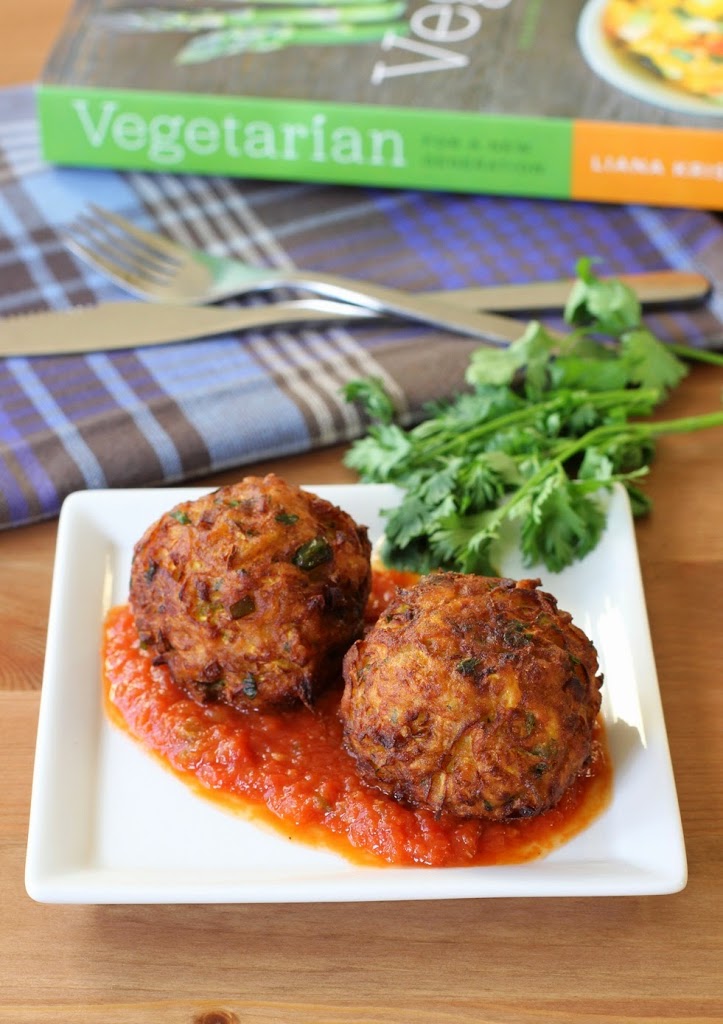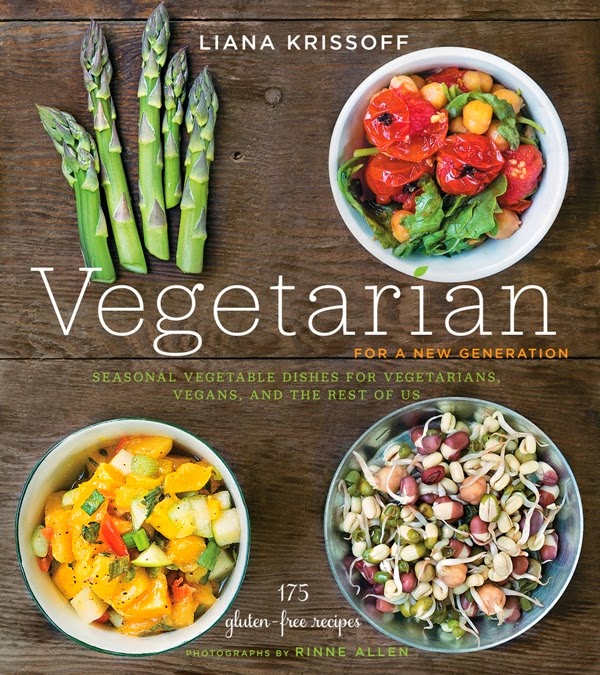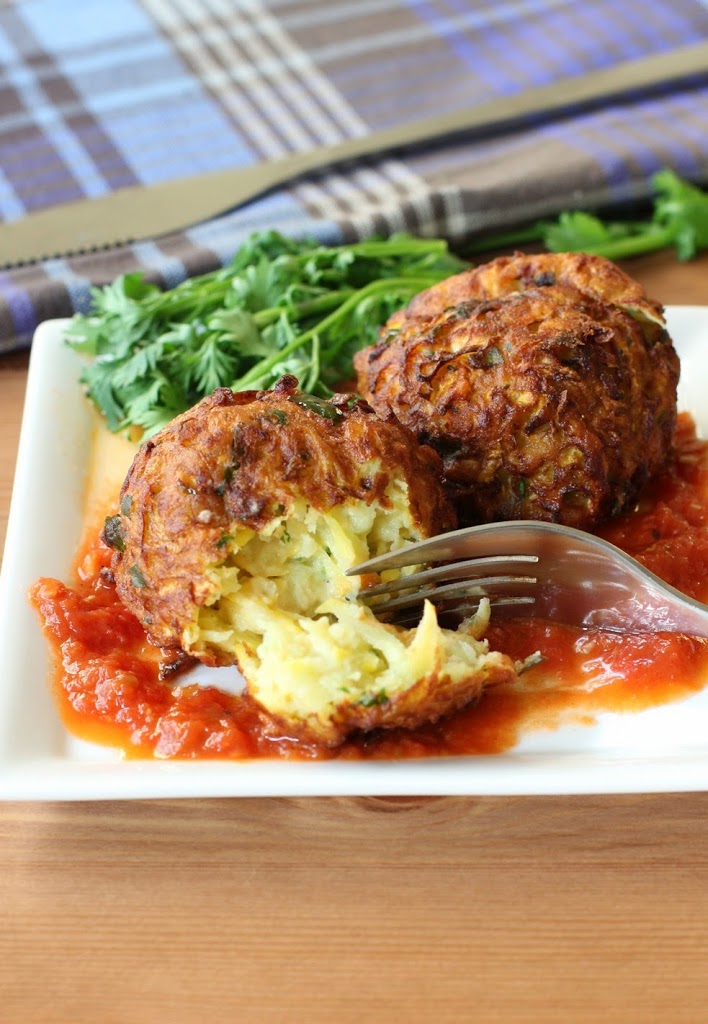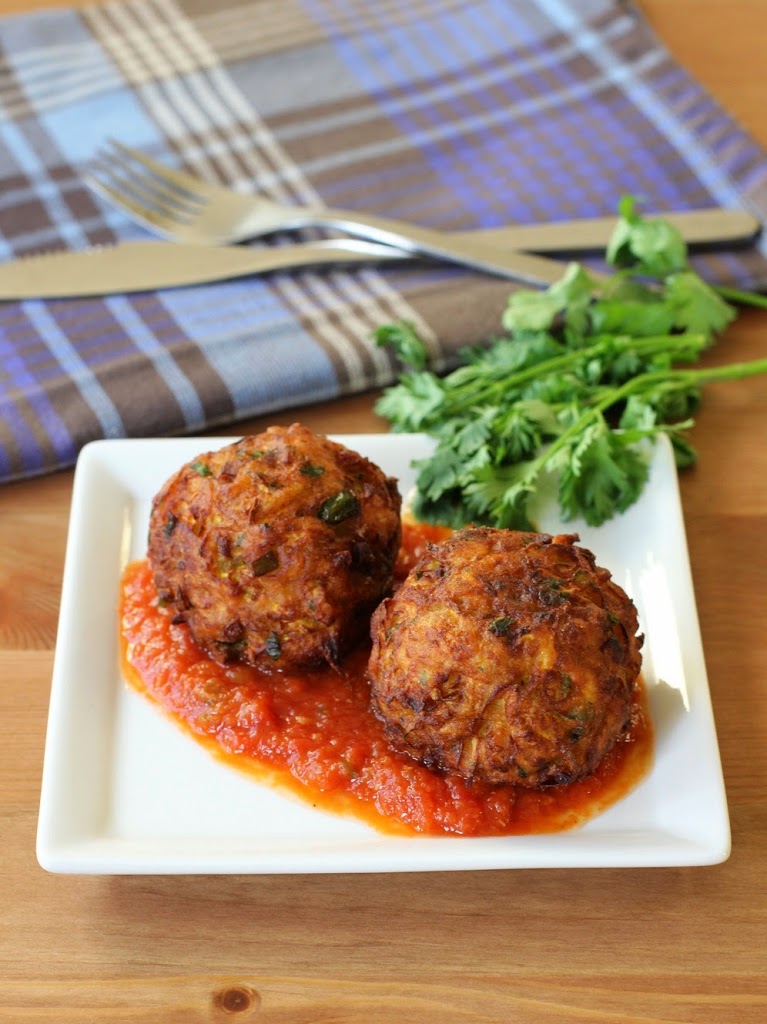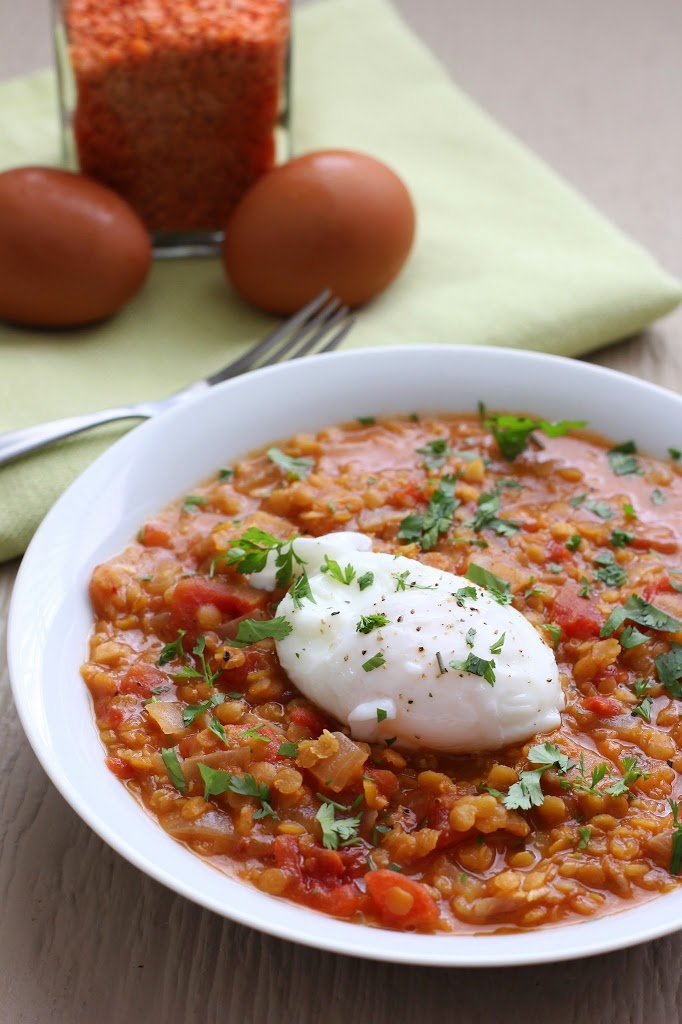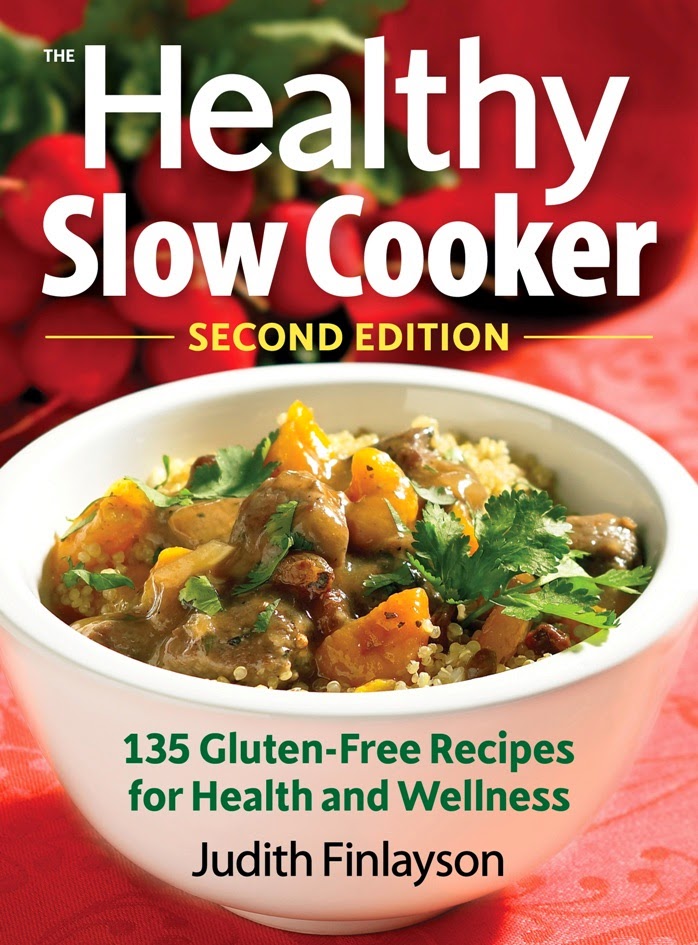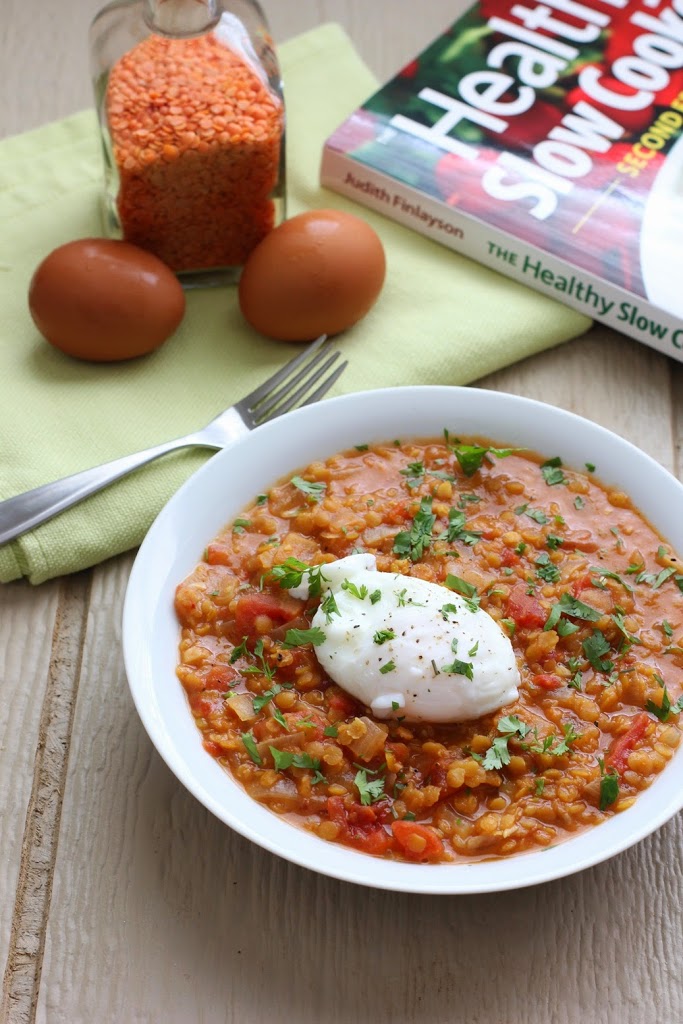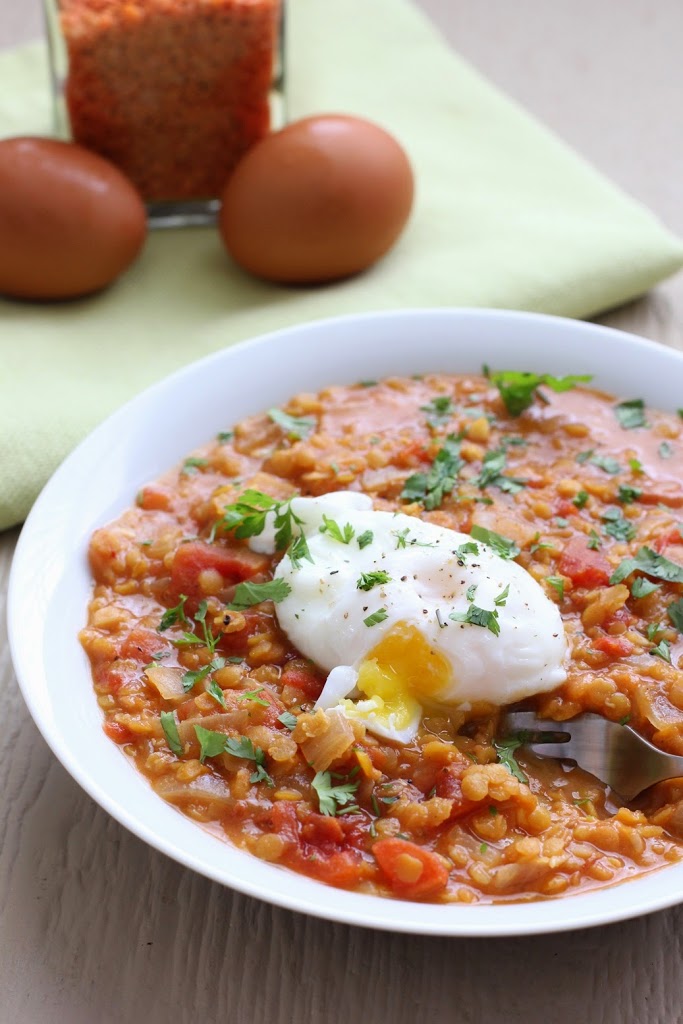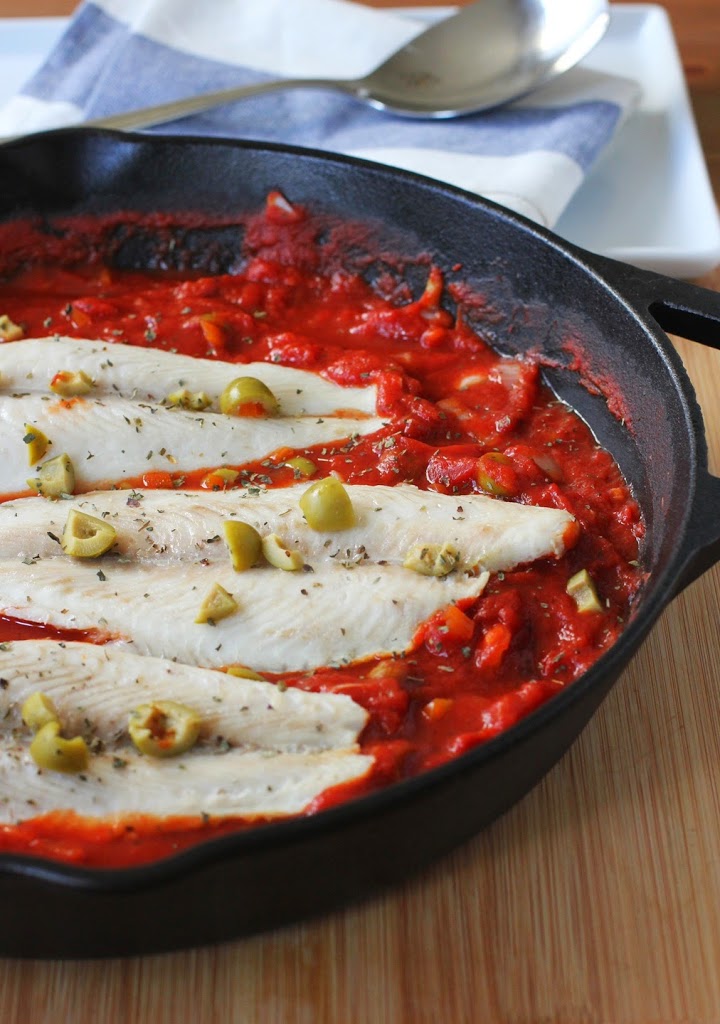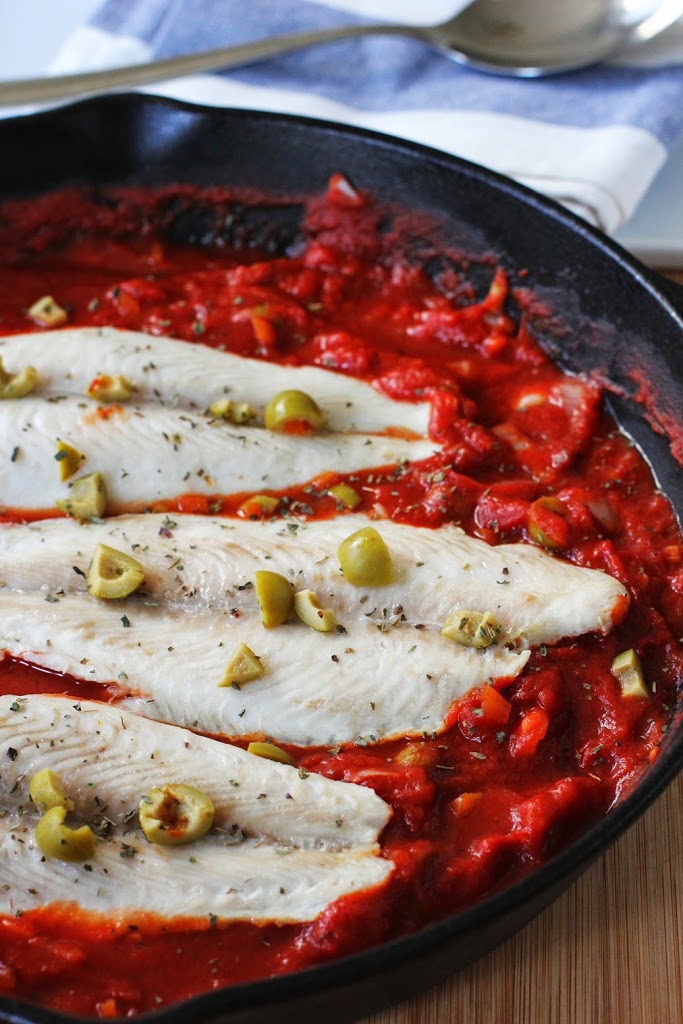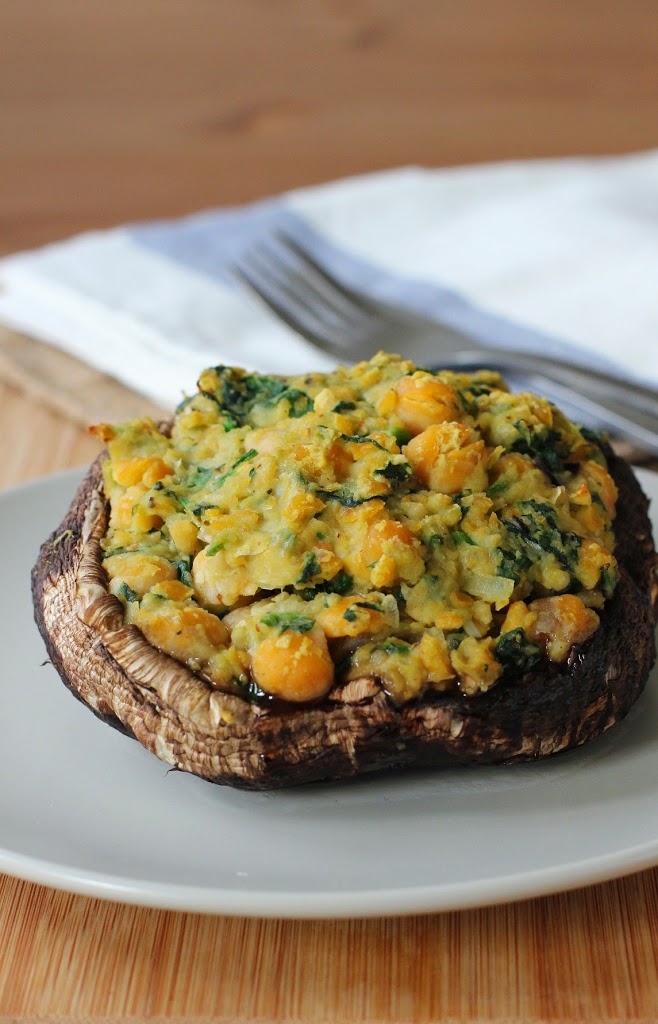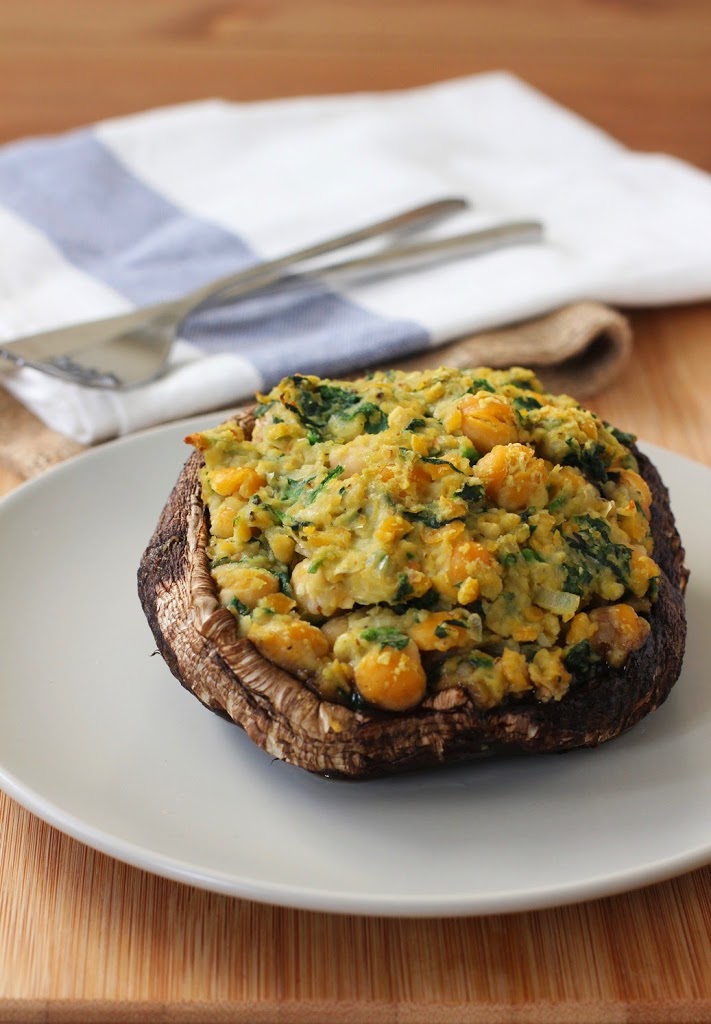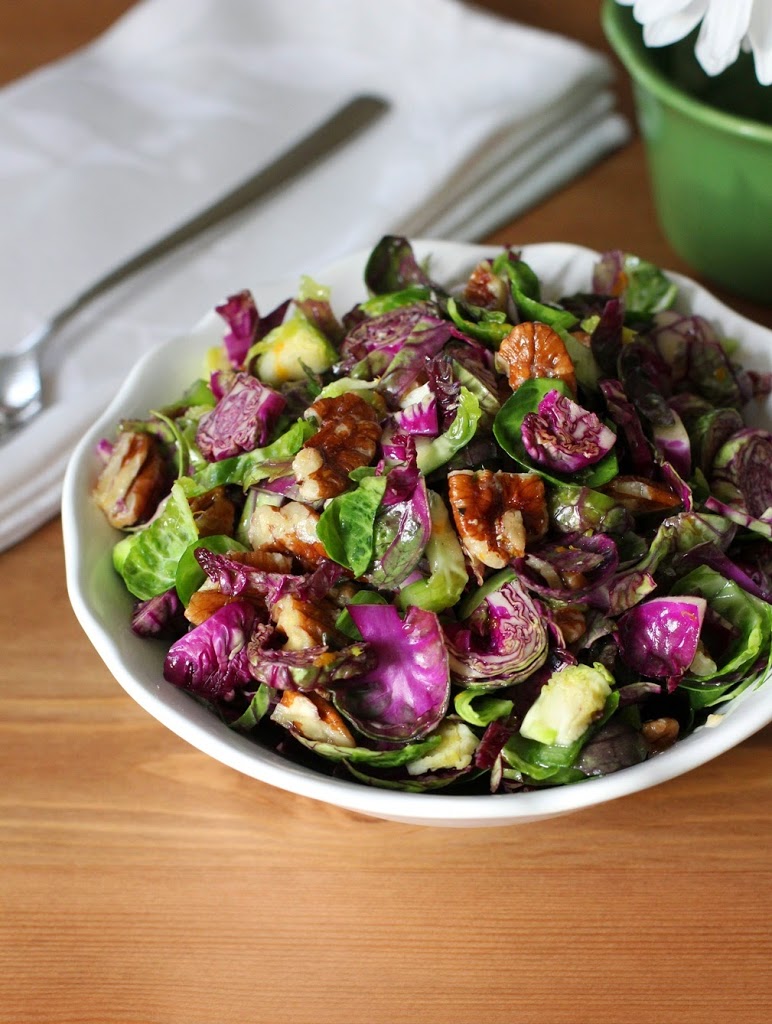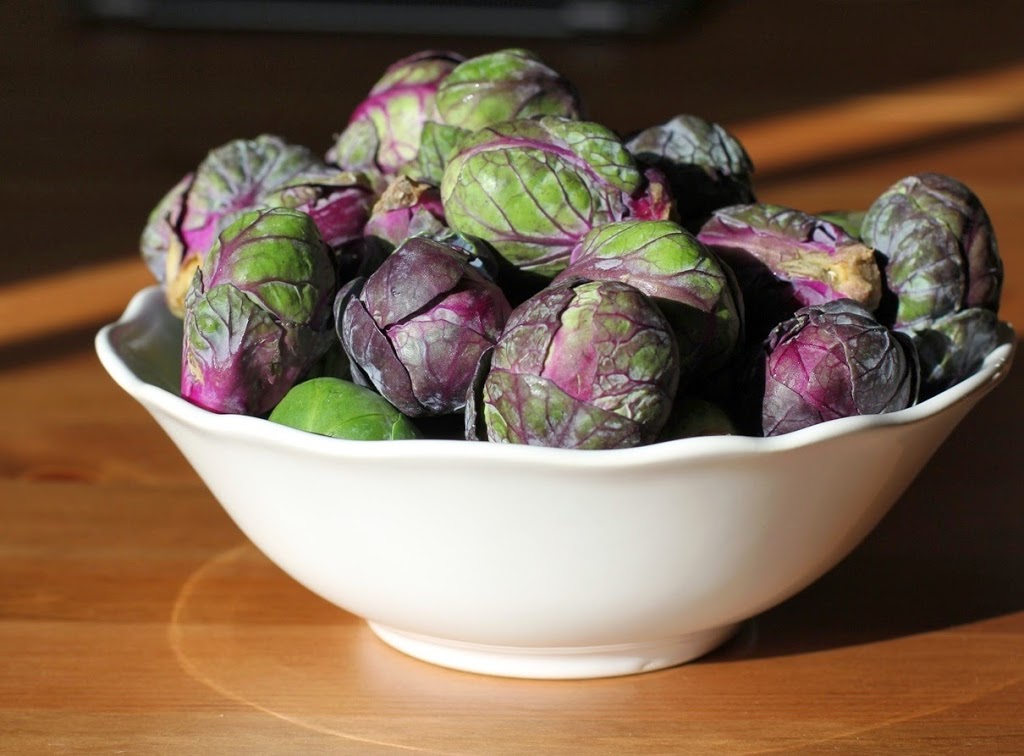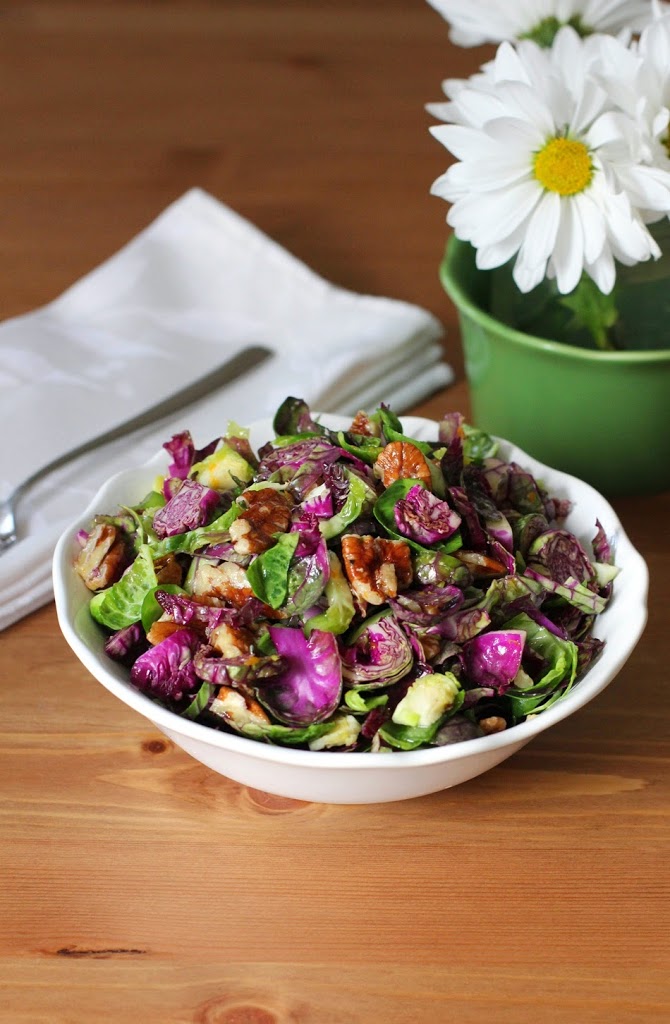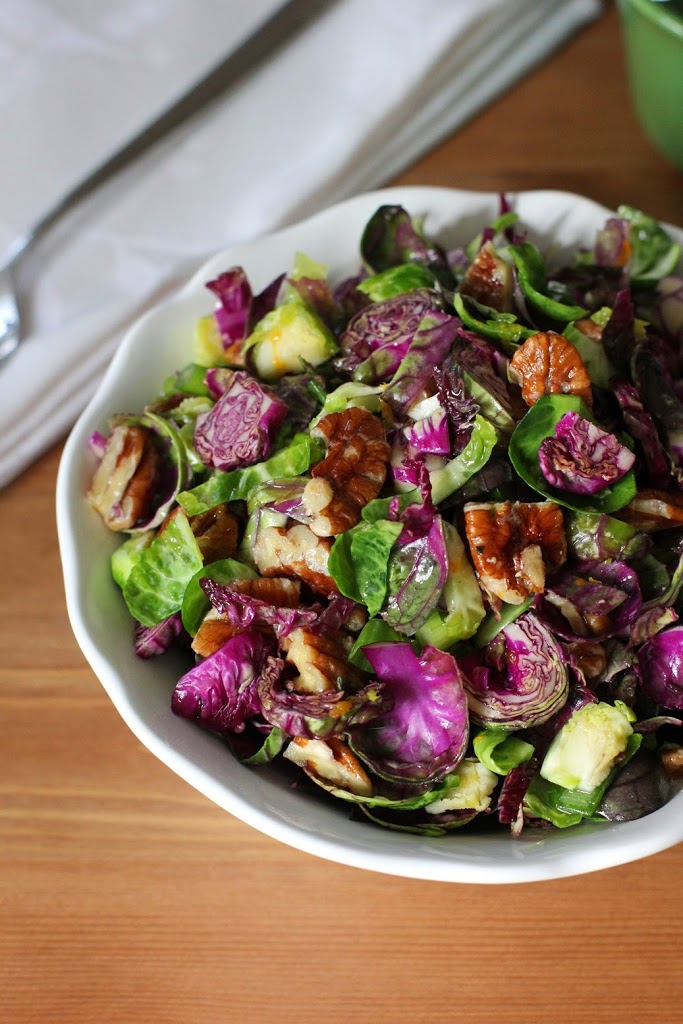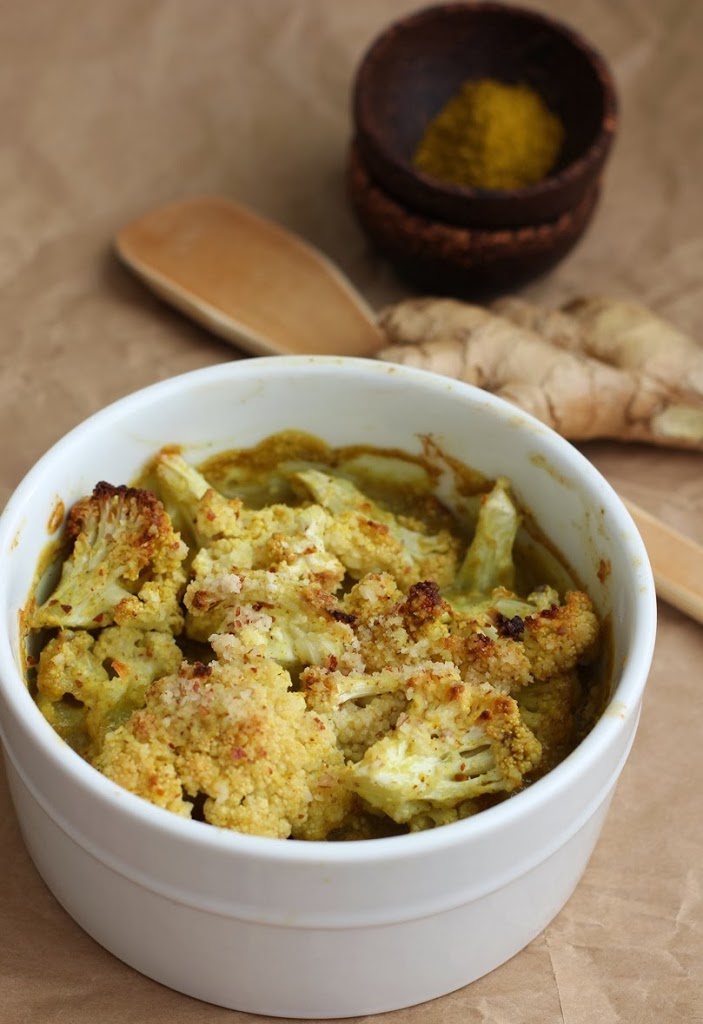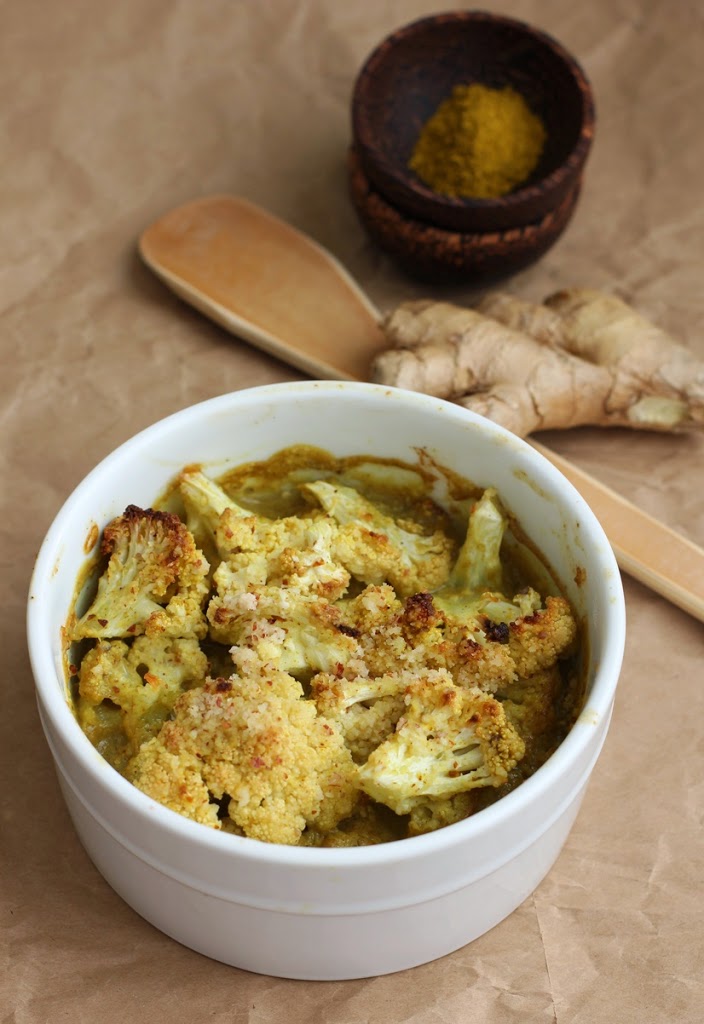Growing up with a big garden I probably liked vegetables more than most kids, but I can still remember my brother and I taking our peas like pills. Pop them in your mouth, hold your breath, take a big gulp of iced tea and swallow. It put them safely in your stomach without having to taste them. I’m sure there where dinners where broccoli and green beans had a similar fate.
When I think back, I can’t quite remember when I started to truly enjoy vegetables, but I’d be willing to bet it was well into adulthood. I’m not sure if it was the taste or an increased knowledge of the health benefit that helped me turn a corner, but getting my recommended servings of vegetables is easy-breezy these days.
Now that doesn’t mean I don’t turn my nose up at bland broccoli, or eat all my vegetables first to get it over with from time to time. Everyone has their days. But I really do look forward to kale, tomatoes, arugula, zucchini and just about every other veggie out there.
The only thing I welcome as much as a new season of fresh vegetables is a book that gives me new ideas for how to prepare them. So I’m practically giddy over Liana Krissoff’s new cookbook, Vegetarian for a New Generation.
If you’ve been reading this blog for a while, you know that I have her other two cookbooks, Canning for a New Generation and Whole Grains for a New Generation. Both are excellent. I use them all the time to get new ideas for canning and ways to use grains. Liana was kind enough to answer some interview questions for me when Whole Grains came out. She truly inspires me with her creative ideas and delicious recipes.
Vegetarian for a New Generation carries on the tradition of those other two books with 175 recipes that will have you repeatedly saying – That’s such a great idea! The gorgeous food photos will have you day dreaming about how good it must taste.
The recipes in the book are also gluten-free. I don’t eat 100 percent gluten-free, but what makes this great for me is that the focus is on vegetables, not a lot of heavy fillers like breads and grains. The recipes are light and refreshing while being comforting at the same time. Not an easy task with vegetables, but well accomplished in this book.
The recipe I had to try was the Yellow Squash Dumplings with Spiced Tomato Sauce. It caught my attention because the herbs and spices used were very different from what I would use with yellow squash. It also used garbanzo bean flour to thicken the batter, something I’ve been been experimenting a lot with lately. I didn’t doubt that it would be delicious and I wasn’t disappointed. The hint of cilantro in the dumplings went so well with the clove and cardamom in the tomato sauce.
It was flavors I would never combine on my own which speaks to the value of this book. It will help you step out of your vegetarian cooking comfort zone. It’s almost like tasting vegetables for the first time and learning that you really like them. No swallowing them like pills required.
Yellow Squash Dumplings with Spiced Tomato Sauce
©2014 Liana Krissoff. Reprinted with permission from Abrams Books.
Serves 2 to 4
Vegan
From the book:
These tender, lightly spiced walnut-size balls are like a cross between pakora (batter-fried vegetable fritters) and vadai (soft grain- or legume-based dumplings). They’re fried and deeply browned, but not crisp-crunchy. The spicing here is fairly mild, and you should feel free to add more chile, some garam masala (page 247), or any other spices you wish. Even if you’re wary of frying (as I am—I really dislike cleaning up after a messy frying experience), you should try these: They don’t spatter or absorb much oil at all, and the croquettes don’t even have to be served right after frying, as they’re served with a sauce and aren’t meant to be especially crisp or crunchy anyway.
I’d suggest doubling the recipe and freezing the extra fried balls and sauce separately—they reheat nicely for a quick meal. The warmed-up sauce can be used in nearly infinite ways: Simmer some chunks of potato and cauliflower in it until tender, then add a few croquettes to warm through and serve over Spiced Brown Rice (page 219).
For the Tomato Sauce
2 tablespoons vegetable oil
1 to 2 fresh hot green or red chiles, seeded and chopped
2 cloves garlic, chopped
3/4-inch (12-mm) piece fresh ginger, peeled and chopped
1/2 teaspoon freshly ground cardamom
1/4 teaspoon ground cloves
2 bay leaves
1 (28-ounce/790-g) can whole peeled tomatoes with their juices
Salt
Pinch of sugar
For the Squash Dumplings
1 pound (455 g) yellow squash (about 3)
1/2 to 1 cup (60 to 120 g) chickpea flour (besan), or more if needed
1 fresh hot green or red chile, seeded and minced
1 tablespoon chopped fresh cilantro
1/2 teaspoon grated fresh ginger
Salt
Pinch of freshly grated nutmeg
Vegetable oil, for deep-frying
Make the Tomato Sauce
In a medium saucepan, heat the oil over medium-high heat until it shimmers. Add the chiles, garlic, and ginger and cook, stirring, until softened but not browned, about 2 minutes. Add the cardamom, cloves, and bay leaves and stir for 10 seconds, then pour in the tomatoes and their juices. Add a generous pinch of salt and the sugar. Bring to a boil, then lower the heat and simmer, stirring to break up the tomatoes a bit, until the flavors are developed and the liquid is reduced a bit, about 20 minutes.
Remove and discard the bay leaves. Puree the sauce using an immersion blender. Taste and add more salt, if needed. Cover to keep warm and set aside. (The sauce can be made, cooled, and stored in an airtight container in the refrigerator for several days. It also freezes very well.)
Make the Squash Dumplings
Coarsely grate the squash into a large bowl. If the squash is quite damp, squeeze handfuls of the shreds over the sink to extract as much liquid as possible. Sift 1/2 cup (60 g) of the chickpea flour through a sieve into the squash. Add the chile, cilantro, ginger, 1/2 teaspoon salt, and nutmeg and stir very well. If it’s too soft or wet to shape into a very loose, soft ball, add more chickpea flour, a little at a time, until it comes together.
In a large, heavy saucepan, heat 2 inches (5 cm) of oil until it registers about 375°F (190°C) on a candy thermometer. Line a plate with paper towels.
Using your hands, shape some of the squash mixture into a walnut-size ball—it will be soft and will just barely hold its shape, but don’t worry, as it’ll firm up in the oil. Set it in a slotted spoon and quickly lower it into the oil; repeat to make 2 or 3 more balls. Don’t overcrowd the oil. Fry, turning occasionally, until deeply browned and cooked through, about 6 minutes. If the balls start to brown too quickly, lower the heat. Remove to the paper towels to drain. Repeat until you have used all of the squash mixture.
Reheat the sauce, if necessary. Serve the dumplings hot or warm, or even at room temperature, with the sauce ladled over or under them.
Variation
Instead of the spiced tomato sauce, serve the croquettes with a simple raita: Rinse off the grater and run a large seeded cucumber (peeled or not) through it. Squeeze out all the excess moisture and put it in a medium bowl. Finely grate 1 clove garlic into the cucumber, add salt, pepper, and chopped fresh cilantro to taste, and stir in about 1 cup (240 ml) plain Greek yogurt.
Disclosure: This book was sent to me for review purposes. I was not required to write about it and received no compensation for doing so. Recipe was reprinted with permission from the publisher.

